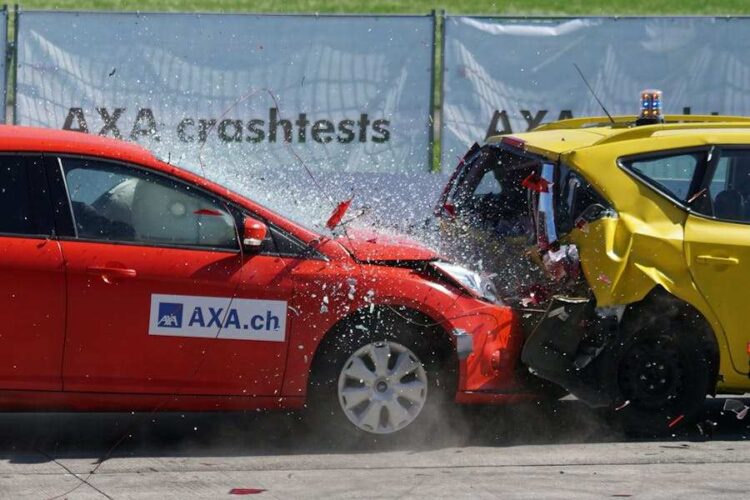Navigating Riverside’s bustling roadways presents daily challenges for drivers. With its expanding population and intricate network of intersections, certain areas have become notorious for multi-car collisions. Understanding these high-risk zones is crucial for both prevention and legal preparedness.
The Perils of Riverside’s Intersections
Intersections are inherently complex, requiring drivers to make split-second decisions amidst converging traffic flows. In Riverside, several intersections have consistently recorded higher-than-average accident rates, often involving multiple vehicles. In such cases, consulting a reputable auto accident lawyer in Riverside can be crucial for navigating the legal aftermath and securing fair compensation.
Magnolia Avenue and Tyler Street
This intersection stands out as one of the most hazardous in Riverside County. With six lanes of traffic and proximity to shopping centers and eateries, the area experiences heavy vehicular and pedestrian traffic. The combination of high volume and frequent lane changes contributes to a heightened risk of multi-car accidents.
Arlington Avenue and Van Buren Boulevard
Located near the Riverside Municipal Airport, this intersection features nine lanes of traffic. Despite clear signage and multiple traffic lights, the sheer volume of vehicles, combined with aggressive driving behaviors, has led to over 200 reported crashes in the past decade.
Winchester and Ynez Road
This seven-lane intersection is adjacent to popular shopping destinations, leading to frequent congestion. The absence of pedestrian crossings on the north side adds to the confusion, increasing the likelihood of accidents involving multiple vehicles.
Gilman Springs Road near Bridge Street
Though smaller in scale, this intersection is deceptively dangerous. With a single lane and minimal signage, drivers often misjudge turns or speeds, leading to severe collisions. The lack of pedestrian crossings and prevalent speeding further exacerbate the risks.
Factors Contributing to Multi-Car Collisions
Several elements contribute to the frequency of multi-car accidents at these intersections:
- High Traffic Volume: Busy intersections naturally see more vehicles, increasing the chances of collisions.
Complex Road Designs: Multiple lanes, unclear signage, and inadequate pedestrian crossings can confuse drivers. - Driver Behavior: Speeding, distracted driving, and failure to yield are common causes of accidents.
- Inadequate Infrastructure: Poor lighting, lack of turn signals, and insufficient traffic control measures can lead to confusion and accidents.
Legal Implications and Seeking Compensation
Victims of multi-car collisions often face complex legal scenarios, especially when determining fault among multiple parties. In such cases, consulting with an experienced auto accident attorney becomes essential. Legal professionals can assist in:
- Investigating the Accident: Gathering evidence, including traffic camera footage and witness statements.
- Determining Liability: Analyzing the sequence of events to identify responsible parties.
- Negotiating with Insurance Companies: Ensuring fair compensation for medical bills, lost wages, and other damages.
- Representing in Court: If necessary, presenting a strong case to secure rightful compensation.
Preventative Measures for Drivers
While not all accidents are avoidable, drivers can take steps to minimize risks:
- Stay Alert: Always be aware of your surroundings, especially in known high-risk intersections.
- Obey Traffic Laws: Adhering to speed limits and traffic signals reduces the chance of collisions.
- Avoid Distractions: Refrain from using mobile devices or engaging in activities that divert attention from the road.
- Plan Routes: Familiarize yourself with alternative routes to avoid congested intersections during peak hours.
Staying Safe at High-Risk Intersections
Riverside’s most accident-prone intersections pose significant risks to drivers, often resulting in complex multi-car collisions. Understanding these hotspots and the factors contributing to accidents can aid in prevention. However, when accidents do occur, seeking legal counsel ensures that victims receive the support and compensation they deserve.










